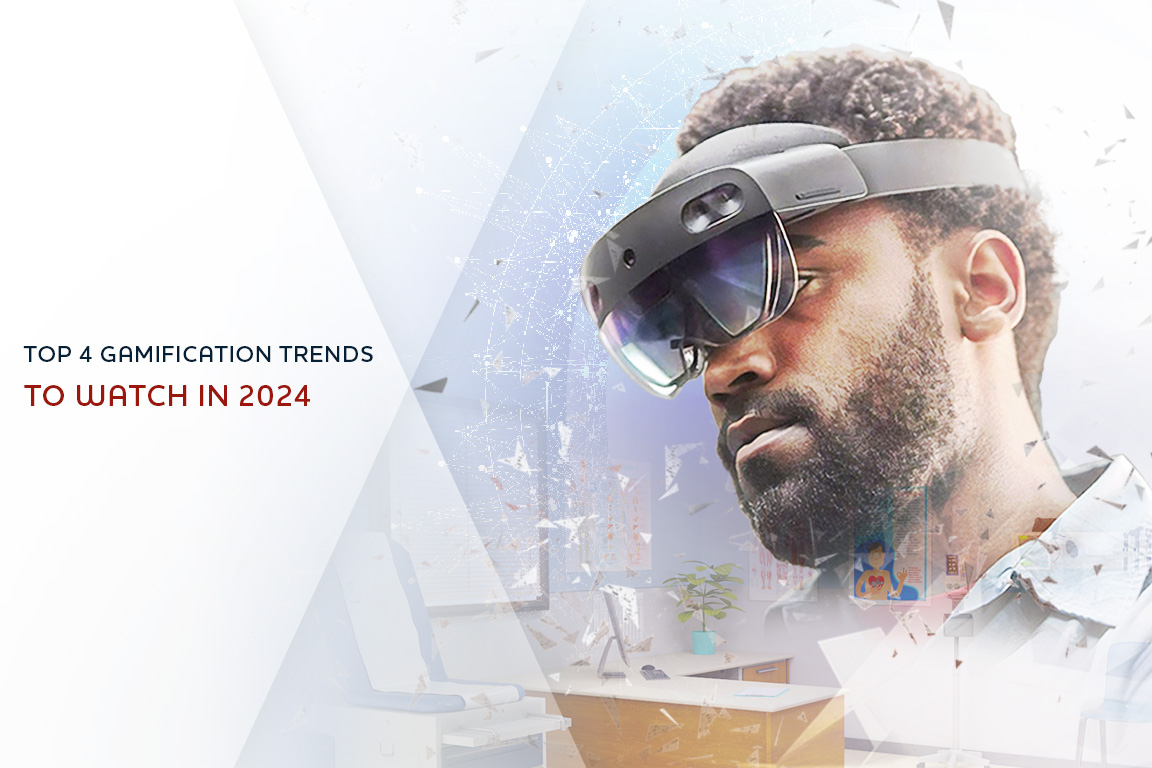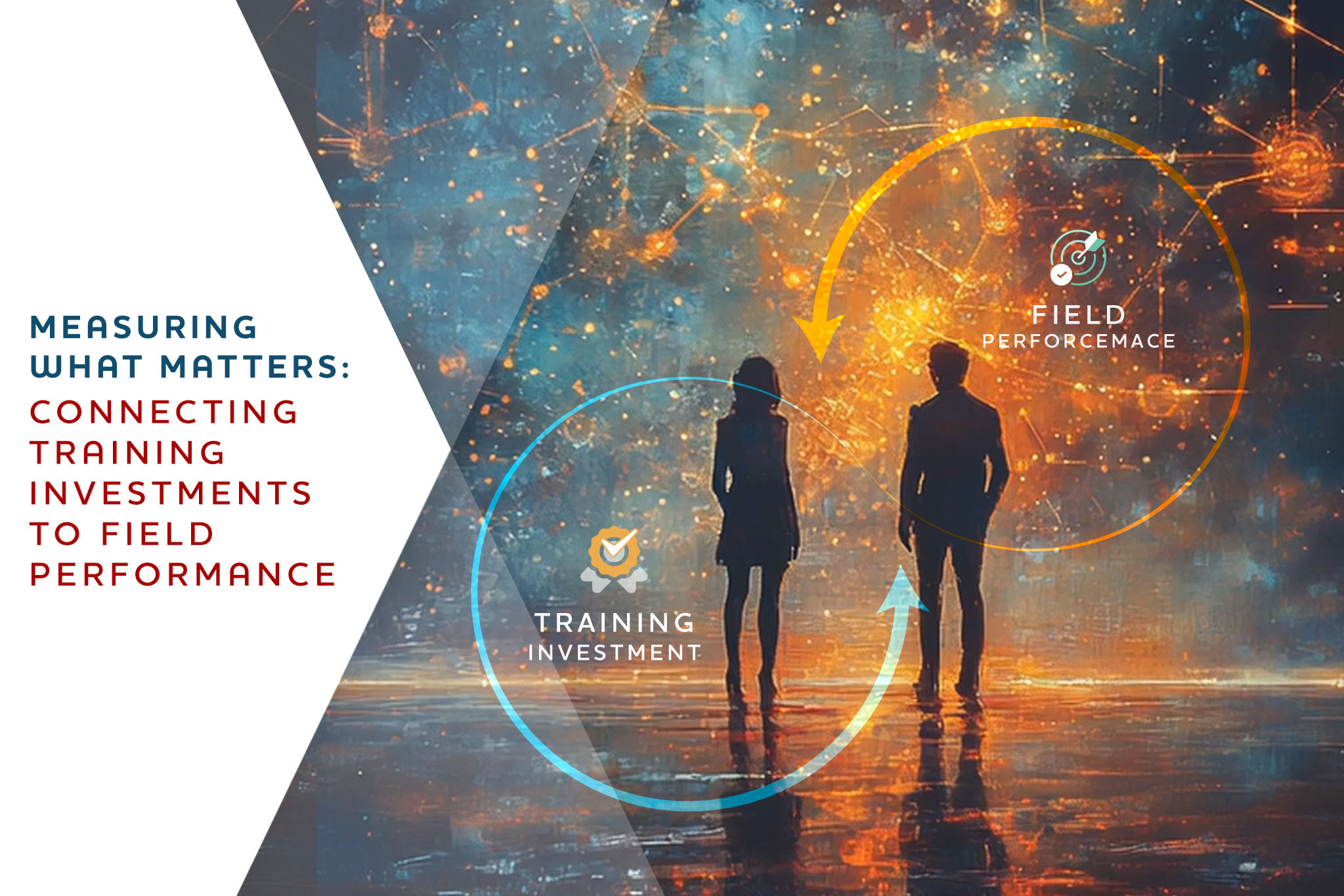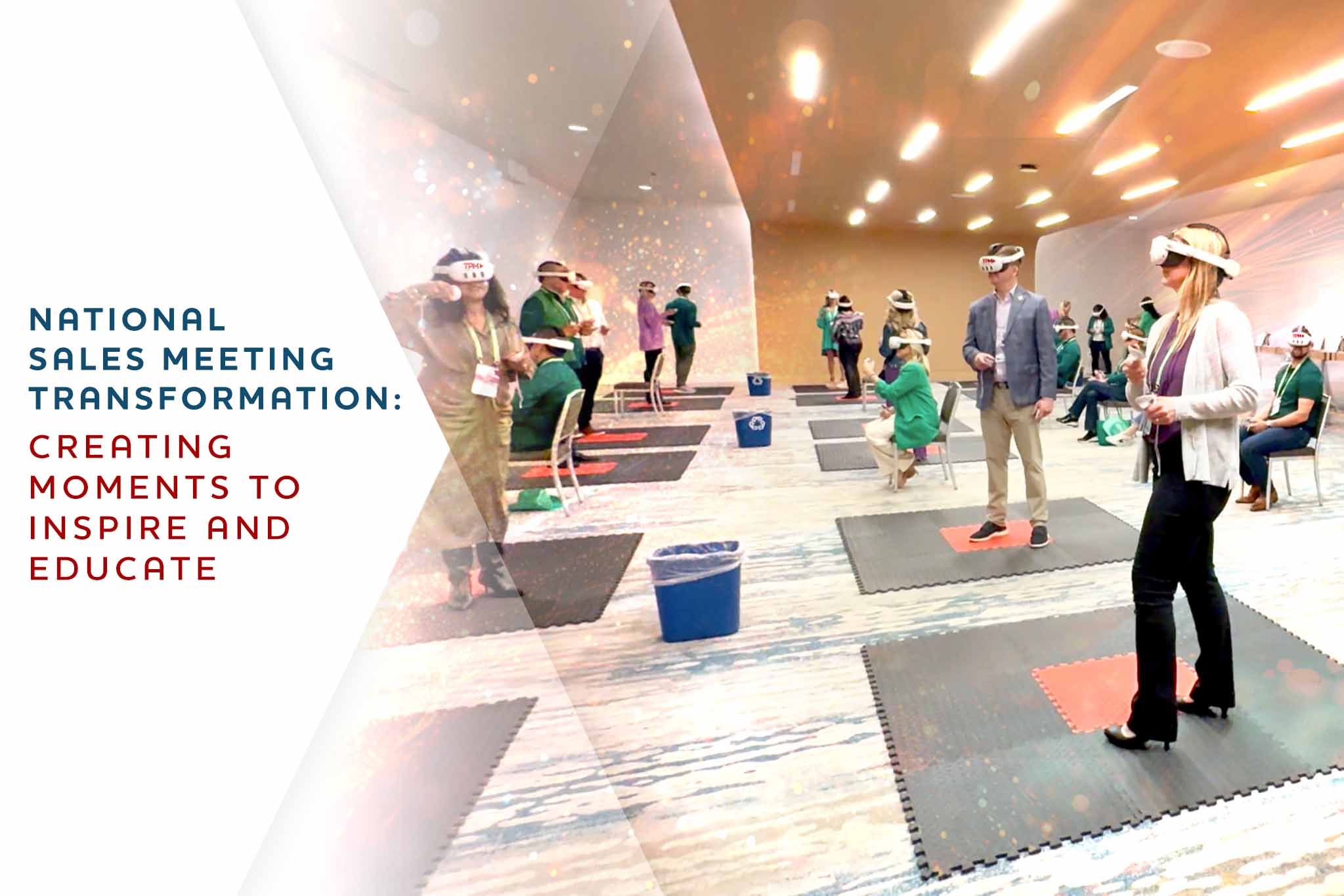The gamification market is on a meteoric rise, projected to expand to $30.7 billion by 2025, with North America and Europe leading, but significant growth is also expected in Africa, Latin America, and the Middle East [1]. This growth underscores the critical role that gamification plays in sectors such as retail and education, where it improves learning effectiveness and employee productivity through engaging, game-inspired strategies.
Looking further into 2024, this article will delve into the top gamification trends, including the integration of artificial intelligence for personalized learning pathways, and the transformative potential of augmented reality in immersive learning experiences. Each trend underlines the evolving landscape of gamification, highlighting its significance in education, health, and corporate performance management.
The Meaning of Gamification
The meaning of gamification goes beyond simply adding game elements to non-game situations. It involves using strategies inspired by games to increase engagement, motivation, and behavior change. Gamification takes advantage of people’s natural desire for competition, achievement, and rewards to improve learning, productivity, and well-being. By understanding the principles and psychology behind games, organizations can create immersive experiences that captivate and empower individuals, resulting in meaningful engagement and positive outcomes.
Emerging Trends in Gamification for 2024
As we delve into the gamification trends set to define 2024, it’s essential to highlight the top five innovations that promise to revolutionize how we engage with game-inspired strategies:
- Enhanced Generative AI in Gamification: Tailoring user experiences through dynamic content that adapts to individual learning and interaction styles, ensuring a more personalized and effective engagement.
- Metaverse Integration: Offering immersive experiences that enhance engagement and retention, particularly in corporate training, team building, and marketing, by leveraging virtual environments for real-world applications.
- Extended Reality (XR) Experiences: Creating more engaging and realistic environments through AR, VR, and MR, thus pushing the boundaries of traditional gamification methods.
- Gamification for Wellbeing: Encouraging healthy habits, stress management, and work-life balance through thoughtfully designed game elements that promote physical and mental health.
These trends underscore a shift towards more immersive, personalized, and ethically responsible gamification strategies, promising a future where game-inspired tactics are seamlessly integrated into our daily lives and workspaces for enhanced learning, productivity, and well-being. Let’s delve into these emerging trends and explore some gamification examples to understand their potential impact.
1. Enhanced Generative AI in Gamification
In 2024, a significant trend in gamification is the utilization of enhanced generative AI to customize user experiences. This approach involves dynamically adapting content to match individual learning and interaction styles, resulting in a more personalized and effective engagement. For instance, educational gamification platforms can employ generative AI to tailor learning materials based on the user’s progress and preferred learning methods. By offering customized content, these platforms can boost user motivation and improve learning outcomes.
Tips:
2. Metaverse Integration
The integration of the metaverse into gamification strategies has the potential to offer immersive experiences that greatly enhance engagement and retention. This is especially relevant in corporate training, team building, and marketing, where virtual environments can be leveraged for real-world applications, providing unique and impactful experiences.
For example, companies can utilize metaverse platforms to gamify education through virtual team-building exercises. This allows employees to collaborate in a simulated yet engaging environment that fosters interaction and creativity.
Tips:
3. Extended Reality (XR) Experiences
The use of gamification in the realm of extended reality (XR) technologies, such as augmented reality (AR), virtual reality (VR), and mixed reality (MR), offers a powerful learning experience. These methods go beyond the traditional boundaries of gamification, creating highly immersive and captivating virtual environments.
One notable application of this is in employee training, where XR allows for the replication of real-world situations. As a result, trainees can refine their skills in a secure and engaging virtual setting. This revolutionary approach enhances the effectiveness of training programs and makes learning experiences more enjoyable and memorable.
Tips:
4. Gamification for Wellbeing
In 2024, healthcare gamification is expected to play a significant role in promoting well-being. It will achieve this by encouraging healthy habits, stress management, and work-life balance. Thoughtfully designed game elements will be used to incentivize and reward activities that contribute to physical and mental health.
For example, wellness apps could incorporate gamified features to motivate users. These features would encourage them to stay active, practice mindfulness, or maintain a balanced lifestyle. By doing so, these apps would foster positive behavioral changes and improve overall well-being.
Tips:
By embracing these emerging trends, organizations and individuals can harness the power of gamification to drive meaningful engagement, facilitate learning, and promote positive behaviors, ultimately shaping a more interactive and rewarding future.
Conclusion
This article outlines several transformative trends that are set to reshape the gamification landscape in 2024. These trends include enhanced generative AI, metaverse integration, blockchain and secure tokenization, extended reality experiences, and gamification for well-being. Each of these trends holds the potential to revolutionize engagement strategies across various sectors.
Trend 1: Enhanced Generative AI for Personalized Engagement
One of the trends discussed is the application of enhanced generative AI in educational gamification platforms. This technology allows for the dynamic customization of learning materials based on individual preferences.
Trend 2: Metaverse Integration for Immersive Experiences
Another trend explored is the potential of metaverse integration in providing immersive experiences for corporate training, team building, and marketing efforts.
Trend 3: Extended Reality Experiences for Enhanced Environments
The creation of more engaging and realistic environments through extended reality experiences is highlighted as another transformative trend.
Trend 4: Gamification for Well-being and Positive Behaviors
The role of gamification in promoting healthy habits and work-life balance through thoughtfully designed game elements is discussed as a trend for 2024.



![Experiential Learning for Patients and HCPs Beyond the Pamphlet [2025 Guide]](https://tipmedia.com/wp-content/uploads/2025/04/blogs_october_10-14_1 2.jpg)